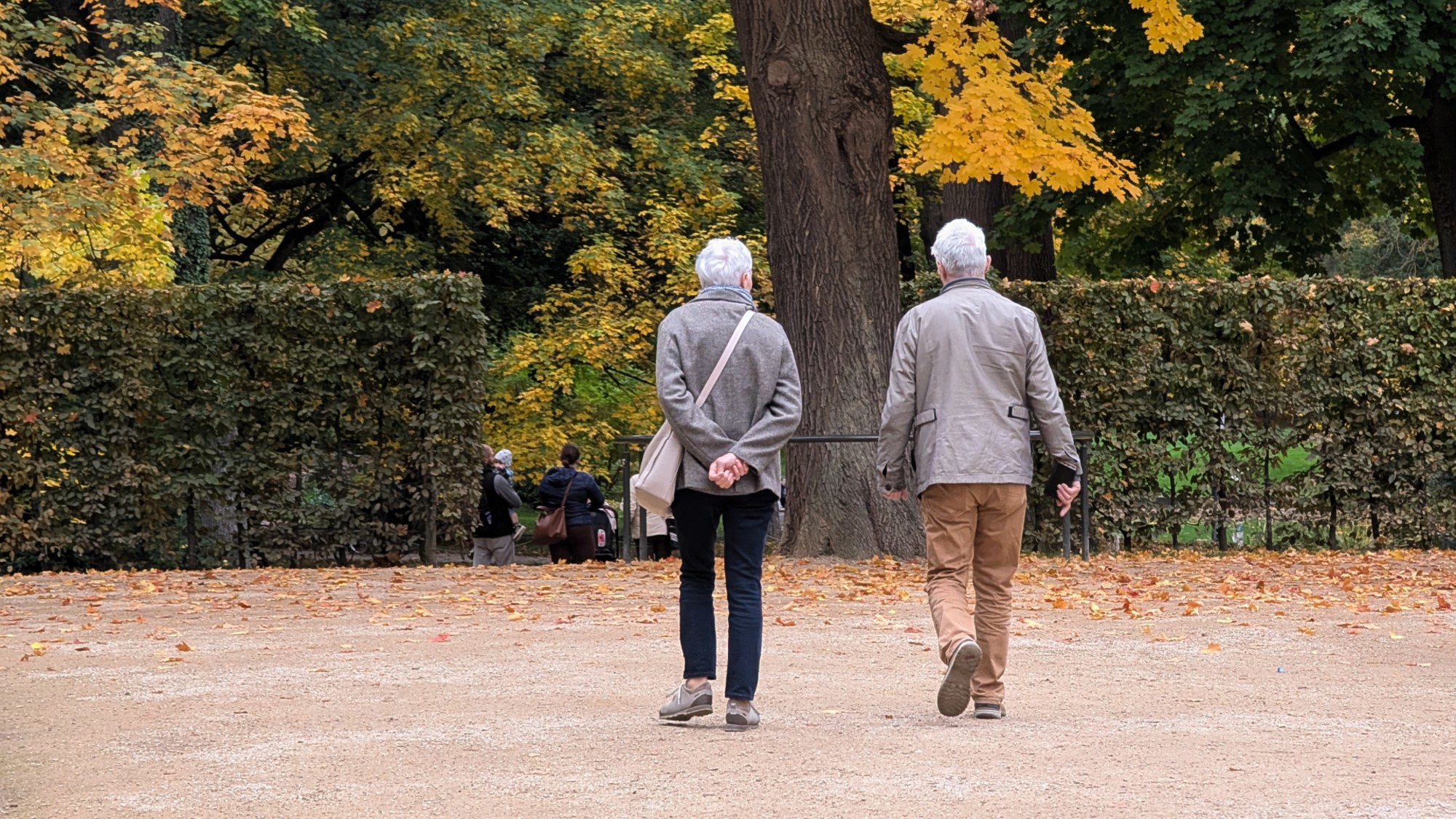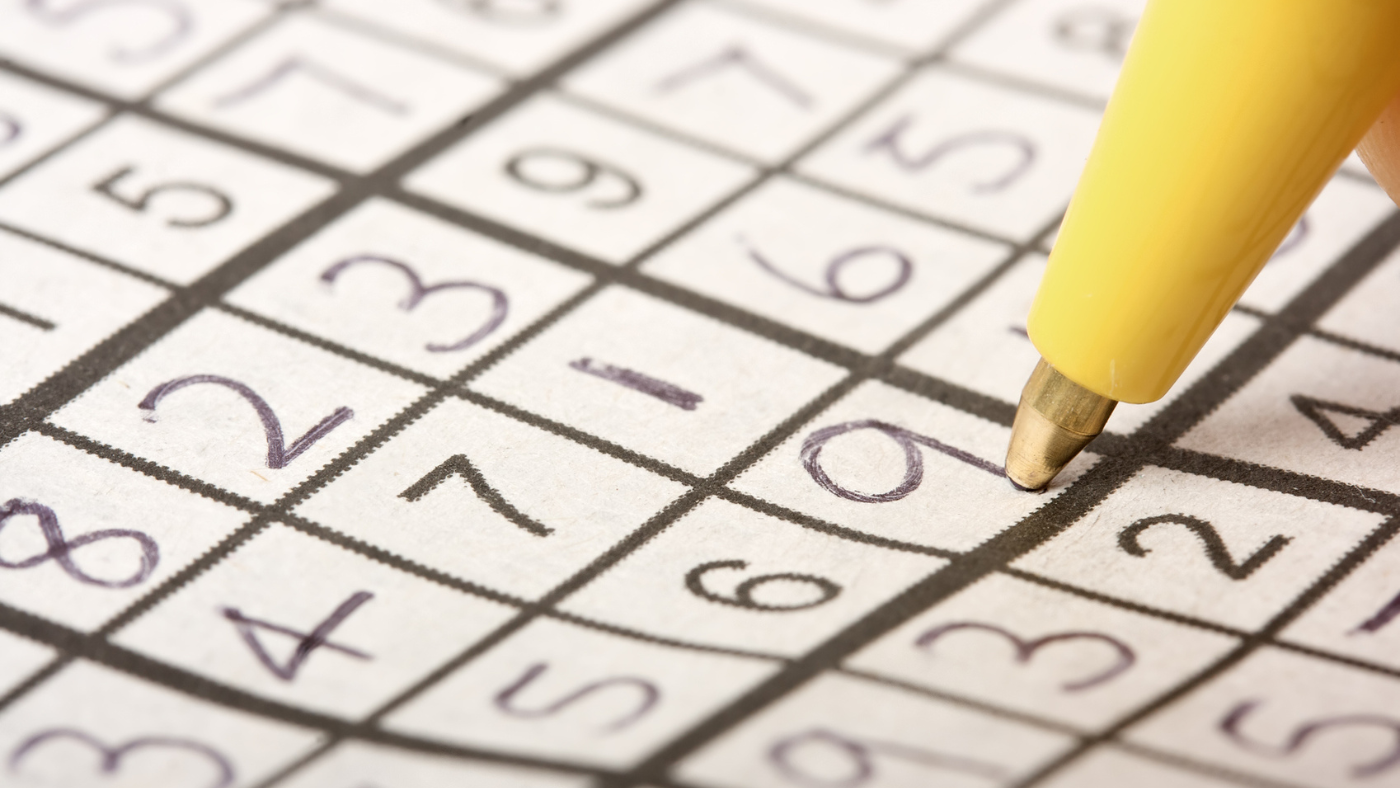This Will Have Been: Art, Love & Politics in the 1980s
We didn’t know it then, but the 1980s represented “a high-water mark for the visual arts.”
Museum of Contemporary Art, Chicago
Through June 3
We didn’t know it then, but the 1980s represented “a high-water mark for the visual arts,” said Margaret Hawkins in the Chicago Sun-Times. Artists were frequently at center stage in the culture, grappling with the major issues of the day with courage and humor. In the MCA’s expansive new show, the era’s big names—Robert Mapplethorpe, Jeff Koons, Nan Goldin—all get their due. But the work of lesser-knowns might best tell the story of a decade when art and activism were inextricably entwined. Consider Kissing Doesn’t Kill, a 1989 AIDS-awareness bus poster that showed same-sex couples kissing, by the collective Gran Fury. Tame by today’s standards, it provoked vandalism and a political firestorm in its day. The Advantages of Being a Woman Artist, a satirical list created by the collective Guerrilla Girls and printed on a 1988 street poster, stands today as “the most iconic work of 1980s feminist art.”
The Week
Escape your echo chamber. Get the facts behind the news, plus analysis from multiple perspectives.

Sign up for The Week's Free Newsletters
From our morning news briefing to a weekly Good News Newsletter, get the best of The Week delivered directly to your inbox.
From our morning news briefing to a weekly Good News Newsletter, get the best of The Week delivered directly to your inbox.
Much of the era’s art was strikingly public, said Caryn Rousseau in the Associated Press. While Keith Haring and others were earning outsize reputations for art-school takes on graffiti, fellow New York artist David Hammons was using billboards to address concerns about marginalized communities. When Hammons gave Jesse Jackson blue eyes, blond hair, and pale skin in 1988’s How Ya Like Me Now?, he hoped the image would help close the distance between civil-rights-era heroes and young African-Americans, but the intended audience read it otherwise and tore it down. The furor over some of the works that addressed racial, sexual, and gender equality “would seem preposterous today” if we weren’t currently engaged in nationwide arguments about contraception and gay marriage, said Lauren Weinberg in Time Out Chicago. “Whether or not you remember the ’80s,” this show suggests that we are “doomed to repeat them.”
A free daily email with the biggest news stories of the day – and the best features from TheWeek.com


